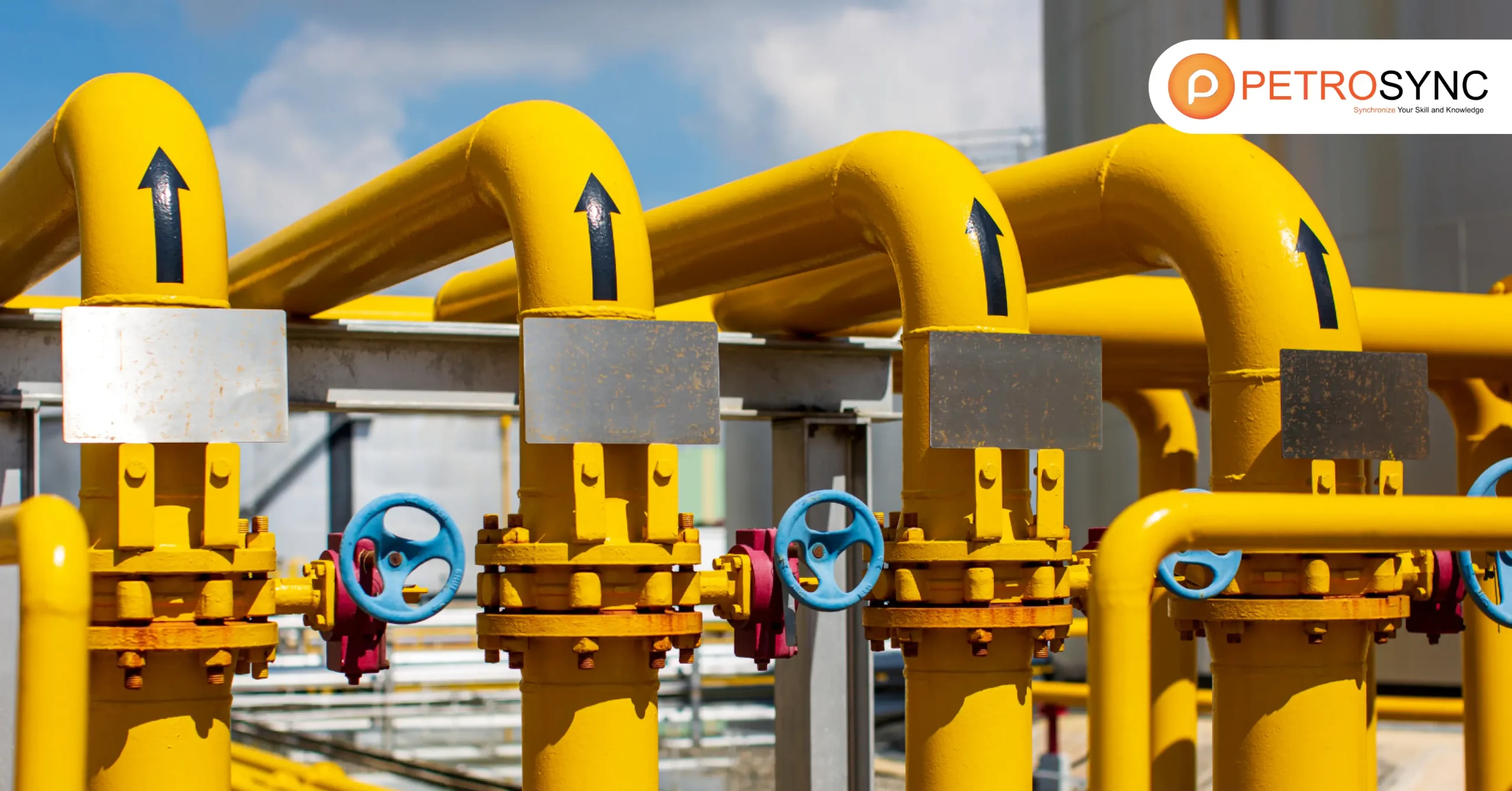
**Enhancing Efficiency in Advanced Offshore Oil and Gas Piping Systems**
In the dynamic and complex world of offshore oil and gas operations, piping systems play a vital role in ensuring smooth and efficient operations. These systems are crucial for transporting a variety of fluids, including crude oil, natural gas, and hazardous liquids, from extraction to processing facilities. This article delves into the critical aspects of piping systems in the offshore context, exploring their components, types, and strategies for enhancing their adaptability and reliability.
## **What Is an Offshore Piping System?**
An offshore piping system is a sophisticated network of pipes, fittings, valves, and other components specifically designed to meet the unique demands of marine environments. These systems range from small-diameter tubes used in subsea wells to massive, high-pressure systems installed on offshore platforms. A well-designed piping system is essential for efficient fluid flow, pressure, and temperature control, while adhering to stringent regulatory and safety standards. Examples of piping systems include those found in seawater injection systems, oil loading facilities, and gas processing units on offshore rigs.
## **Components of Piping Systems in Offshore Oil and Gas**
The components of an offshore piping system include a variety of elements crucial for its operation. These components include:
1. **Pipes**: Made from high-strength, corrosion-resistant materials such as stainless steel or duplex stainless steel, these pipes are designed to withstand harsh marine conditions and operate at high pressures.
2. **Fittings**: Various types of fittings like elbows, tees, and valves are used to connect and control the flow of fluids through the system.
3. **Valves**: Critical components that regulate the flow of fluids, valves ensure that pressure and flow rates are managed effectively.
4. **Flanges**: Used to connect various components, flanges provide a secure sealing mechanism to prevent leaks.
5. **Insulation**: Insulating materials are employed to maintain desired temperatures and minimize thermal losses in piping systems.
## **Methods
